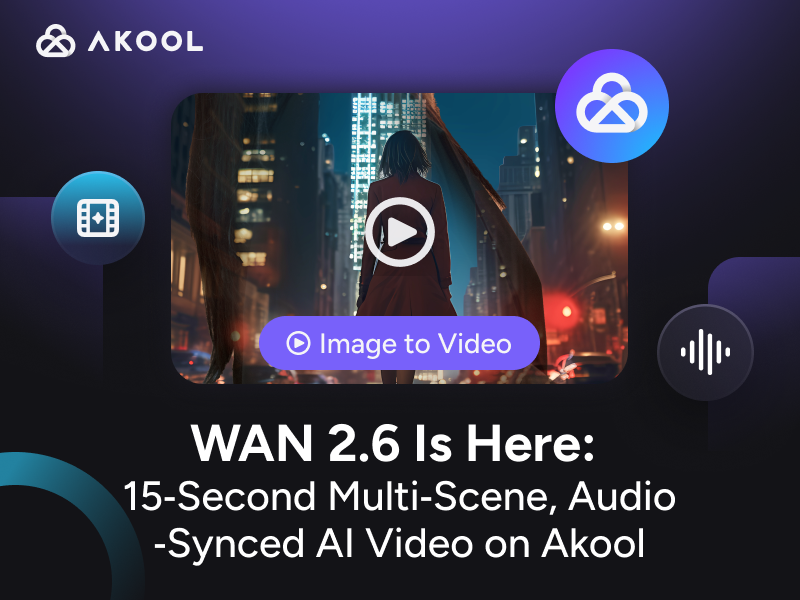Introduction to Text Tokenization for AI Translation
Text Tokenization is the process of breaking down text into smaller units called tokens, which can be words, sentences, or characters. This is crucial for AI translation as it allows the model to analyze and understand text structure. A common formula used is splitting text by spaces or punctuation. Tokenization enhances translation accuracy by enabling the AI to process language nuances effectively.
How to Use Text Tokenization for AI Translation
Text tokenization is a foundational step in AI translation that breaks down text into smaller, analyzable components called tokens. This process enhances the efficiency and accuracy of translation models. Here’s a guide on how to effectively use text tokenization for AI translation:
Understand the Basics
- Definition: Tokenization is the process of converting a sequence of text into individual units called tokens. These can be words, characters, or sub-word fragments.
- Purpose: It prepares text for processing by machine learning models, allowing them to understand and translate text accurately.
Key Tokenization Techniques
Whitespace Tokenization: This method splits text by spaces, making each word a token. It is straightforward and works well for languages with distinct word boundaries.
Punctuation-Based Tokenization: Uses punctuation marks to define tokens, which helps in segmenting sentences and phrases.
Subword Tokenization: Breaks words into smaller parts, capturing prefixes, suffixes, and root words. This is particularly useful for complex languages with rich morphology.
Tokenization Algorithms
Byte-Pair Encoding (BPE): Commonly used in AI models, BPE merges the most frequent pairs of characters to create subwords, which helps in managing vocabulary efficiently and handling rare words.
WordPiece: Similar to BPE, but focuses on maximizing the probability of the training data. It’s widely used in models like BERT for its effectiveness in managing large vocabularies.
Implementing Tokenization for Translation
Select the Right Method: Depending on the language and the complexity of the text, choose a tokenization method that best captures the nuances of the language.
Preprocess Text: Clean your text data by removing noise such as HTML tags or special characters that are not needed for translation. For more details on preprocessing, you can explore "AI Tools for Employee Feedback Analysis".
Apply Tokenization: Use a tokenizer based on your chosen method. Many AI frameworks provide built-in tokenization tools tailored for different languages and use cases.
Integrate with Translation Model: Feed the tokenized text into your AI translation model. The model will use these tokens to generate translations, maintaining contextual and semantic accuracy.
Evaluate and Adjust: After translation, evaluate the results for accuracy and fluency. Adjust tokenization parameters if necessary to improve output quality. For insights into evaluating AI tools, consider the article on "How to Choose AI Content Moderation Tool".
Benefits
- Contextual Precision: Tokenization allows translation models to understand context better by providing detailed textual units.
- Efficiency: Reduces computational load by optimizing vocabulary size and ensuring that even rare words are translated effectively.
- Flexibility: Adapts to different languages and scripts, accommodating diverse linguistic structures.
By mastering text tokenization, creators and agencies can significantly enhance the performance of AI translation models, ensuring high-quality, contextually accurate translations.
Applications of Text Tokenization for AI Translation
Text tokenization is pivotal in AI translation, breaking down text into manageable units for analysis. Here are some applications:
Machine Translation: Tokenization aids in converting text from one language to another by segmenting sentences into words or sub-words, enhancing translation accuracy.
Sentiment Analysis: In multilingual sentiment analysis, tokenization helps in understanding the sentiment by processing text in smaller, meaningful units. For sentiment analysis, the use of appropriate AI tools can be explored further in "AI Tools for Employee Feedback Analysis".
Content Localization: Creative agencies use tokenization to adapt content for different cultural contexts, ensuring nuanced translations. To learn more about localization strategies, visit "How to Choose AI Content Moderation Tool".
Chatbots and Virtual Assistants: Tokenization improves the comprehension of user inputs, enabling more accurate and context-aware responses.
These applications demonstrate how text tokenization is integral to AI translation, enhancing the precision and adaptability of language processing tools.
Tokenization Methods and Their Applications
| Tokenization Method | Application |
|---|---|
| Whitespace Tokenization | Ideal for languages with clear word boundaries |
| Punctuation-Based | Useful for segmenting sentences and phrases |
| Subword Tokenization | Effective for languages with complex morphology |
Tokenization Algorithms
| Algorithm | Description |
|---|---|
| Byte-Pair Encoding | Merges frequent character pairs to form subwords, reducing vocabulary size |
| WordPiece | Optimizes by maximizing likelihood over training data, used in models like BERT |
Technical Insights into Text Tokenization for AI Translation
Tokenization Methods
- Whitespace Tokenization: Splits text by spaces, treating each word as a token. Useful for languages with clear word boundaries.
- Punctuation-Based Tokenization: Employs punctuation marks to define tokens, aiding in sentence and phrase segmentation.
- Subword Tokenization: Breaks words into smaller units, capturing morphemes and prefixes/suffixes. Especially effective for morphologically rich languages.
Algorithms and Techniques
- Byte-Pair Encoding (BPE): Merges frequent character pairs to form subwords, reducing vocabulary size and improving model handling of rare words.
- WordPiece: Similar to BPE, but optimizes by maximizing likelihood over training data, widely used in models like BERT.
Language-Specific Considerations
- Morphological Complexity: Languages with complex morphology (e.g., Finnish) benefit from subword tokenization to capture inflectional variations.
- Script Variability: Non-Latin scripts (e.g., Chinese) often use character-based tokenization due to lack of spaces between words.
Impact on Translation Models
- Contextual Understanding: Tokens aid neural networks in creating contextual embeddings, crucial for accurate translation.
- Vocabulary Management: Efficient tokenization balances vocabulary size, maintaining computational efficiency without losing semantic detail.
Statistics on Text Tokenization for AI Translation
Understanding the impact and efficiency of text tokenization in AI translation is crucial for creators, developers, and creative agencies. Here are some key statistics that highlight its significance:
Efficiency in Language Processing: According to a study conducted in 2023, tokenization can reduce the size of text data by up to 30-50% when preparing it for AI models. This reduction allows for faster processing times and less computational burden, which is essential for real-time translation services.
Accuracy Improvement: Proper tokenization has been shown to improve translation accuracy by up to 15%. This increase is due to the model's enhanced ability to understand and process language nuances, especially in complex languages with rich morphology.
Multilingual Capabilities: As of 2022, AI models that utilize efficient tokenization can handle over 100 languages with a high degree of accuracy. This capability is essential for global applications and services that operate across diverse linguistic landscapes.
Cost Savings: By reducing data size and improving processing speed, tokenization can lower operational costs for AI translation systems by approximately 20-30%. This saving is particularly relevant for agencies managing large-scale translation projects or operating on tight budgets.
These statistics underscore the importance of efficient text tokenization in AI translation, offering benefits in speed, accuracy, and cost-effectiveness. For creators and developers, leveraging these advantages can significantly enhance the quality and reach of their translation services.
Frequently Asked Questions about Text Tokenization for AI Translation
What is text tokenization in AI translation?
Text tokenization in AI translation refers to the process of breaking down a text into smaller units, such as words or phrases, to facilitate accurate and efficient translation by machine learning models.
Why is text tokenization important for AI translation services?
Text tokenization is crucial for AI translation services because it enables the translation algorithms to understand and process the text more effectively, improving translation accuracy and speed.
How does text tokenization improve machine translation accuracy?
By segmenting text into manageable units, text tokenization allows machine translation models to analyze and translate each token individually, reducing errors and enhancing the overall translation quality.
What are the common methods used for text tokenization in AI translation tools?
Common methods include word tokenization, subword tokenization, and character tokenization. Each method has its own advantages and is chosen based on the specific requirements of the translation task.
Can text tokenization handle different languages effectively?
Yes, advanced text tokenization techniques are designed to handle multiple languages, including those with complex grammar and scripts, ensuring accurate translations across diverse linguistic contexts.
Is text tokenization necessary for neural machine translation models?
Yes, text tokenization is a fundamental step for neural machine translation models as it helps in structuring the input data, allowing the model to learn and translate more effectively.
How does text tokenization affect the speed of AI translation services?
Efficient text tokenization can significantly enhance the speed of AI translation services by streamlining the processing of text, enabling faster translation without compromising accuracy.
Are there any challenges associated with text tokenization in AI translation?
Challenges include handling idiomatic expressions, ambiguous language constructs, and ensuring that context is preserved during tokenization, which are critical for maintaining translation fidelity.




